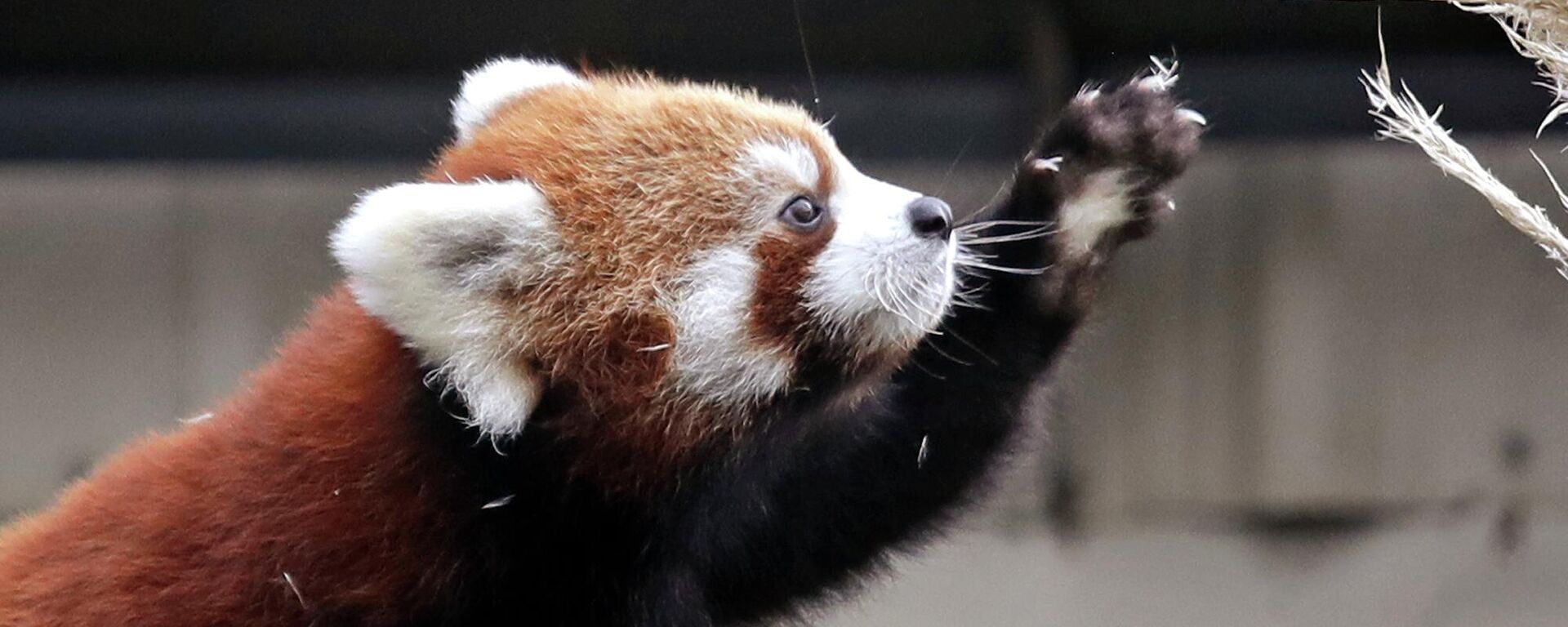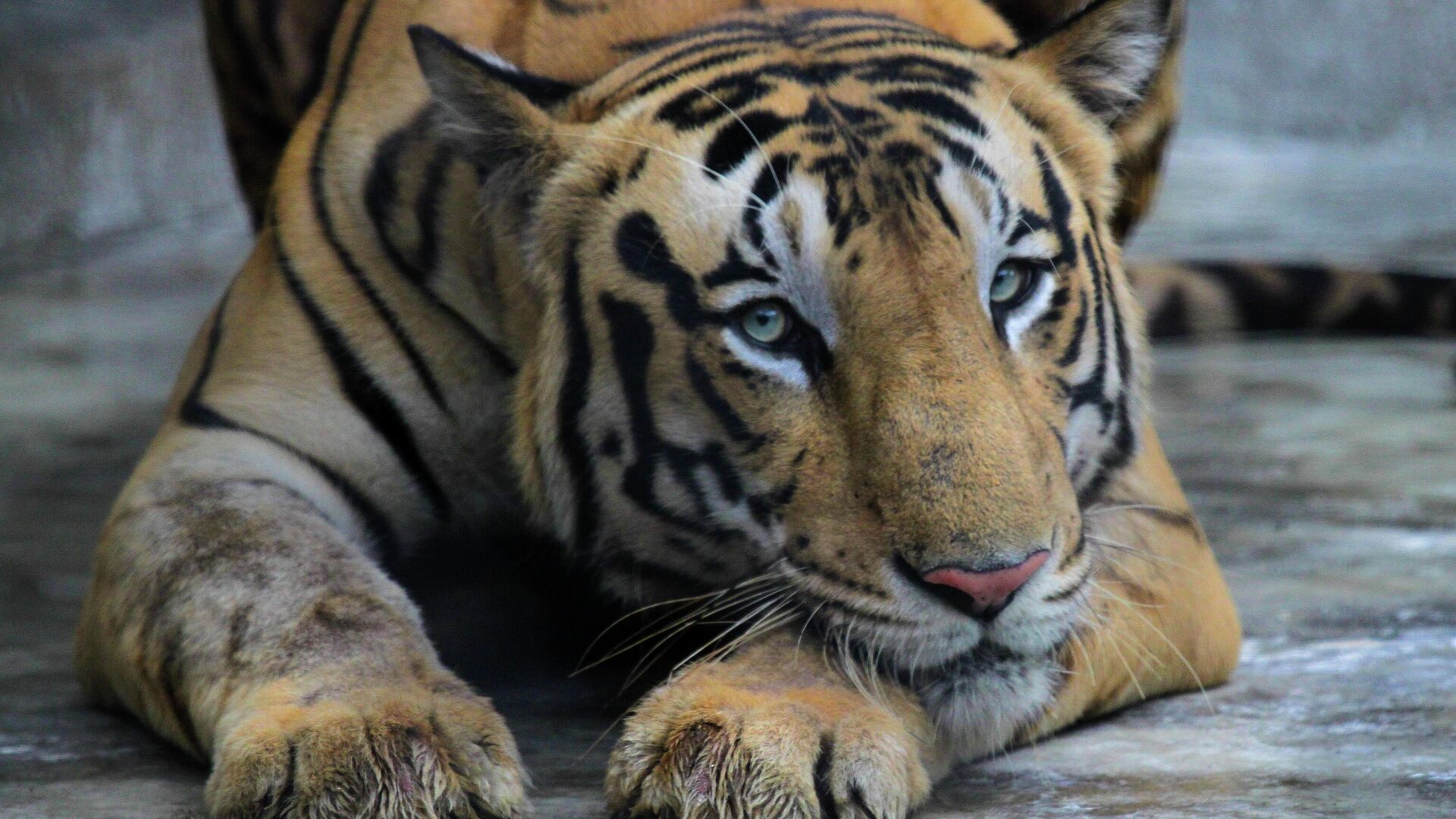https://sputnikglobe.com/20221013/red-alert-for-wildlife-as-69-of-global-fauna-in-decline--1101795868.html
Red Alert for Wildlife as 69% of Global Fauna in Decline
Red Alert for Wildlife as 69% of Global Fauna in Decline
Sputnik International
Several species, including the Amazon pink river dolphin, or boto, and oceanic shark and ray populations, have been facing a steep decline over the last five... 13.10.2022, Sputnik International
2022-10-13T11:12+0000
2022-10-13T11:12+0000
2022-10-13T11:12+0000
world
wildlife
wildlife
wildlife authorities
animal
population
population decline
decline
species
protected species
https://cdn1.img.sputnikglobe.com/img/07e6/0a/0d/1101805090_0:161:3071:1888_1920x0_80_0_0_04ee540e2b6a8092ce0fe9d5604c5806.jpg
The World Wildlife Fund (WWF) has raised an alarm about the “devastating” decline of the global wildlife population over the past 50 years, with several species facing risk of extinction.Latin America and the Caribbean have seen the highest loss of diversity at 94 percent, followed by Africa at 66 percent, Asia-Pacific at 55 percent, North America at 20 percent and Europe and Central Asia at 18 percent.Freshwater populations witnessed the biggest global decline as the population of aquatic animals dropped by an average of 83 percent.What's more, the report highlighted that habitat loss and barriers to migration routes were also responsible for about half the threats to the monitored migratory fish species.The report also showed conservation efforts had helped boost species such as loggerhead turtles in Cyprus and mountain gorillas in the Virunga Mountains along the northern border of Rwanda, the Democratic Republic of Congo and Uganda.The findings were based on data from the Zoological Society of London, featuring almost 32,000 wildlife populations of 5,230 species from across the world.
https://sputnikglobe.com/20221011/wwf-expert-sheds-light-on-what-brings-red-pandas-to-verge-of-extinction-in-india--worldwide-1101724774.html
Sputnik International
feedback@sputniknews.com
+74956456601
MIA „Rossiya Segodnya“
2022
Sangeeta Yadav
https://cdn1.img.sputnikglobe.com/img/07e4/08/1b/1080292803_0:121:960:1081_100x100_80_0_0_7490b319dab9611e309056b177265184.jpg
Sangeeta Yadav
https://cdn1.img.sputnikglobe.com/img/07e4/08/1b/1080292803_0:121:960:1081_100x100_80_0_0_7490b319dab9611e309056b177265184.jpg
News
en_EN
Sputnik International
feedback@sputniknews.com
+74956456601
MIA „Rossiya Segodnya“
Sputnik International
feedback@sputniknews.com
+74956456601
MIA „Rossiya Segodnya“
Sangeeta Yadav
https://cdn1.img.sputnikglobe.com/img/07e4/08/1b/1080292803_0:121:960:1081_100x100_80_0_0_7490b319dab9611e309056b177265184.jpg
wildlife, wildlife, wildlife authorities, animal, population, population decline, decline, species, protected species, rare species, invasive species, endangered species
wildlife, wildlife, wildlife authorities, animal, population, population decline, decline, species, protected species, rare species, invasive species, endangered species
Red Alert for Wildlife as 69% of Global Fauna in Decline
Several species, including the Amazon pink river dolphin, or boto, and oceanic shark and ray populations, have been facing a steep decline over the last five decades. Experts believe that deforestation and air, land and water pollution are the key causes.
The World Wildlife Fund (WWF) has raised an alarm about the “devastating” decline of the global wildlife population over the past 50 years, with several species
facing risk of extinction.
In the Living Planet Report launched on Thursday by the WWF and Zoological Society of London (ZSL), experts highlighted that wildlife populations fell on average by 69 percent between 1970 and 2018.
Latin America and the Caribbean have seen the highest loss of diversity at 94 percent, followed by Africa at 66 percent, Asia-Pacific at 55 percent, North America at 20 percent and Europe and Central Asia at 18 percent.
Freshwater populations witnessed the biggest global decline as the population of aquatic animals dropped by an average of 83 percent.
WWF International Director General Marco Lambertini linked climate change to the loss of biodiversity and said that current talks are a “last chance” to protect nature.

11 October 2022, 14:45 GMT
What's more, the report highlighted that habitat loss and barriers to migration routes were also responsible for about half the threats to the monitored migratory fish species.
“Preventing further biodiversity loss and restoring vital ecosystems has to be at the top of global agendas to tackle the mounting climate, environmental and public health crises,” Andrew Terry, director of conservation and policy at ZSL, said in a statement.
The report also showed conservation efforts had helped boost species such as loggerhead turtles in Cyprus and mountain gorillas in the Virunga Mountains along the northern border of Rwanda, the Democratic Republic of Congo and Uganda.
The findings were based on data from the Zoological Society of London, featuring almost 32,000 wildlife populations of 5,230 species from across the world.




